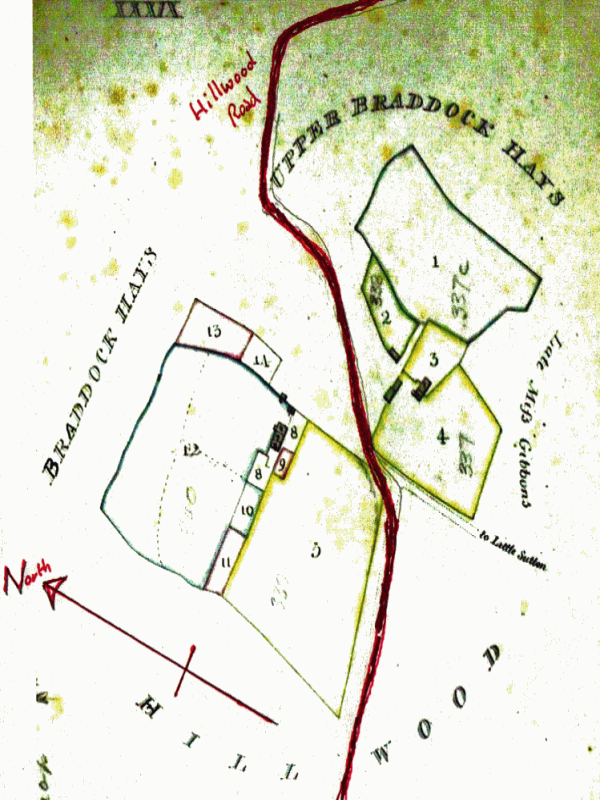The Medieval Manor of Sutton Coldfield was well-supplied with woodland, meeting the needs of the population for fuel, building, fencing, tools and furniture. The woodland needed careful management to make it productive. Trees were felled so that new shoots would grow up from the base of the trunk, and after a given number of years, when the resulting poles had grown to the desired size, they too were harvested. The remaining tree stumps (or stools) produced a new crop of shoots, and so the cycle, called coppicing, would continue indefinitely. You had to surround the wood with a ditch and a bank with a fence on top so that animals could not get in and eat the seedlings and new coppice growth. These woodlands were known as coppices or hayes, and their management was regulated by the Bailiff and the Manorial Court.
Sutton’s woods were devastated in the 1460s, when the Lord of the Manor, Richard Neville Earl of Warwick (“The Kingmaker”) needed to raise money to support his army in the Wars of the Roses. The woods were stripped and the timber sold, leaving Sutton in an impoverished state. The coppices and hayes only slowly recovered, so when Sutton’s great benefactor, Bishop Vesey, remodelled the town in the 1530s, the woods needed renewing. His solution was to set out a number of new woods in Sutton Park - previously the produce of the Park had belonged to a private tenant, and there had been no organised woodland because of the free-roaming deer. These new woods (the “Seven Hayes” still to be seen in Sutton Park) would meet Suttonians’ requirements for woodland products, leaving the old coppices to decline.
For the woodlands, 1550-1650 was a period of transition, the Court Leet dealing with many abuses both of the old coppices and the new seven hayes. At Little Sutton in the 1560s, John Sherratt, the sons of George Carless, widow Deane and Agnes Pedley took brushwood and timber from Sutton Park without permission, while the Johnsons, the Smythes and William Croxall were all fined for “despoiling the coppices and carrying away the lord’s wood there.” Nicholas Turner and, later, his widow, were accused of putting their horses to graze in Roughley Coppice and not repairing the fence between their land and Roughley Coppice. In 1570 John Turner of Little Sutton was accused of carrying off timber from the coppice called Brodockhaye, and in 1579 twelve men were all fined 12d. for not maintaining their fences “adjacent to the coppice called Brodoxehaye”
In spite of the efforts of the authorities to preserve it, Braddock Haye, along with all the other old coppices, lay open to the common by 1680. A century of grazing by sheep and horses, together with occasional cultivation under the “lot acres” system eventually reduced it to rough grassland. On the 1811 Corporation Survey Braddock Hays and Upper Braddock Hays are simply names for a particular part of the extensive commons, the ancient coppice quite forgotten. Cottagers have even established themselves with small fields where once was managed woodland.

